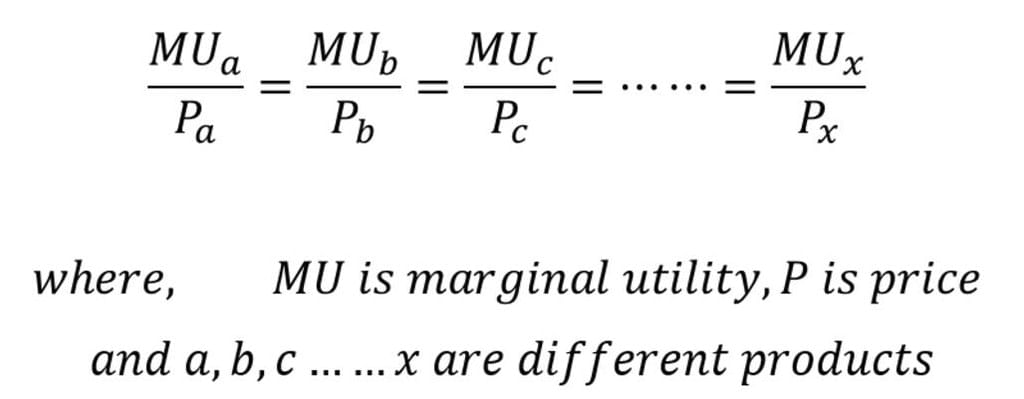Test: Theory Of Consumer Behaviour- 2 - CA Foundation MCQ
20 Questions MCQ Test Business Economics for CA Foundation - Test: Theory Of Consumer Behaviour- 2
Total utility derived form the consumption of a commodity is equal to Rs. 5. Marginal utility is equal to 1 and consumer has bought 3 units. What will be his consumer surplus?
On which approach, indifference curve analysis is based?
The law of equi marginal utility is one of the laws within whose parameters Marginal Utility Analysis is framed. The other one is:
A consumer buys two commodities X and Y, he should be in equilibrium when:
In the case of complimentary goods the shape of indifference curve will be
When two goods are perfect substitutes, the indifference curve is:
Total utility starts decreasing when ______.
The substitution effect of fall in the price of the commodity will lead to:
The convexity of indifference curve is due to:
Indifference curves never intersect each other due to:
The law of equi marginal utility considers price of money as:
At equilibrium, the slope of the indifference curve is:
Incase of a right angled indifference curve the goods are:
|
86 videos|255 docs|58 tests
|















